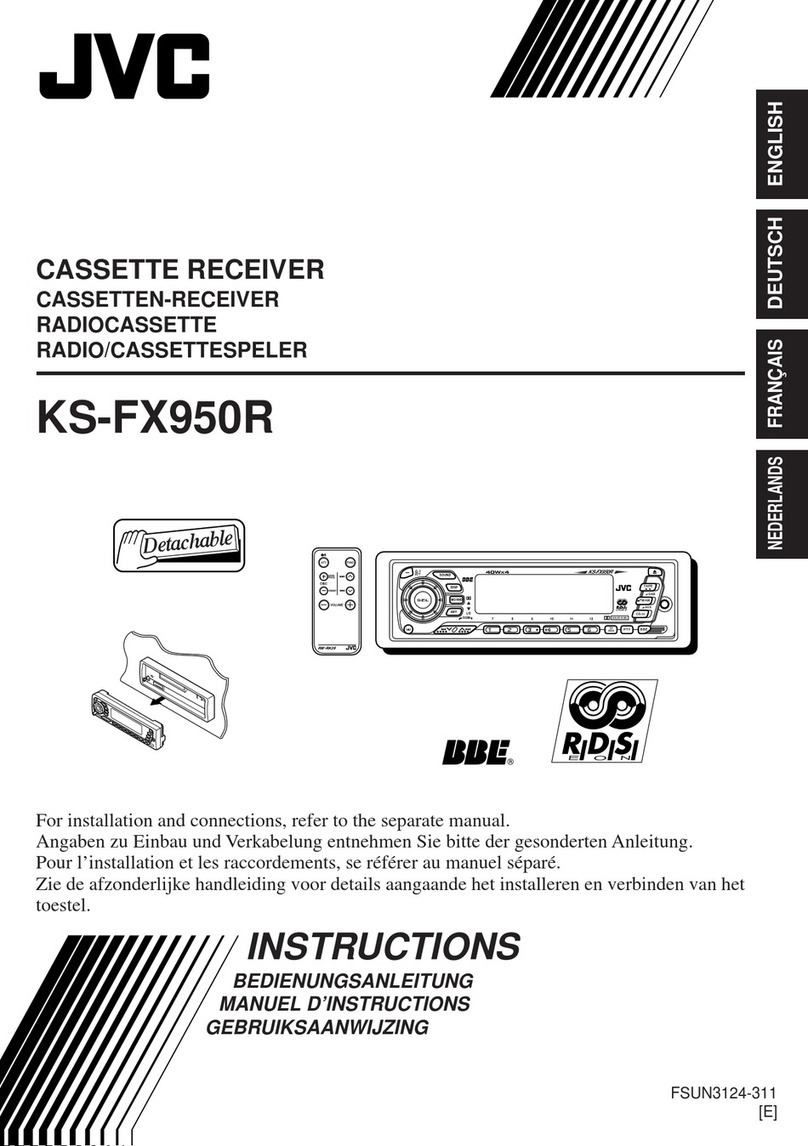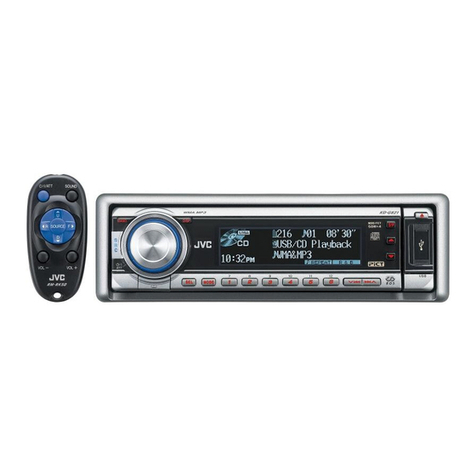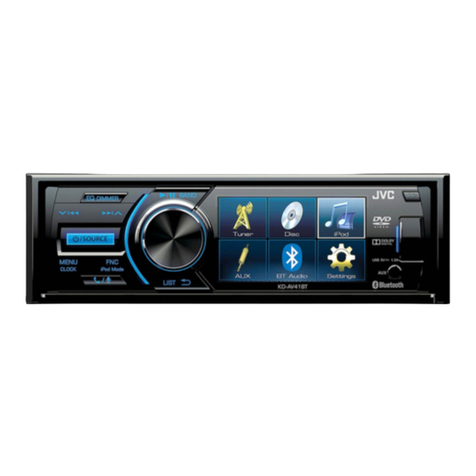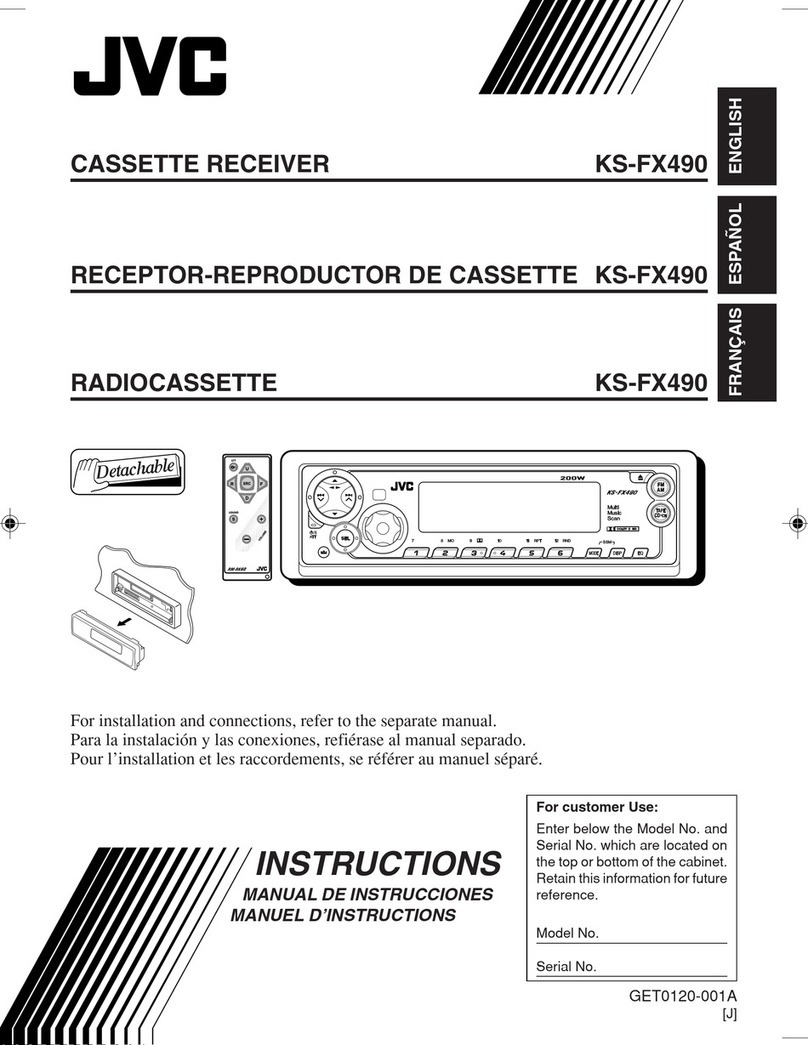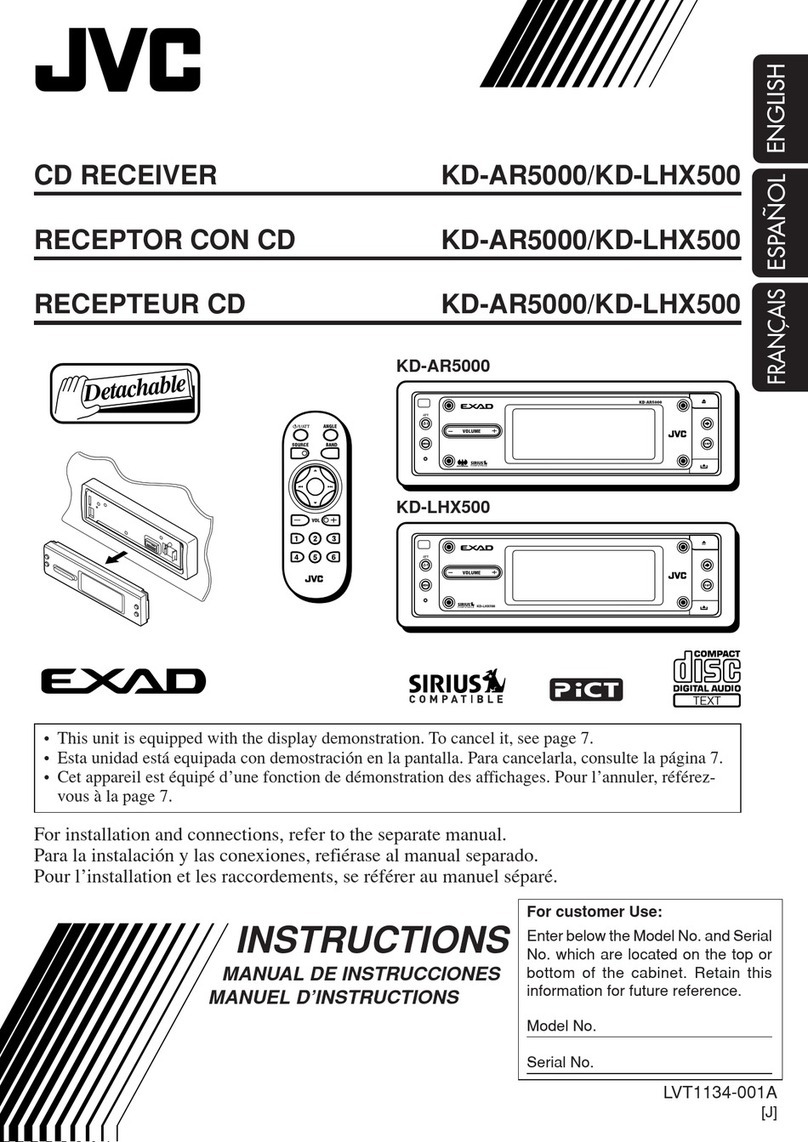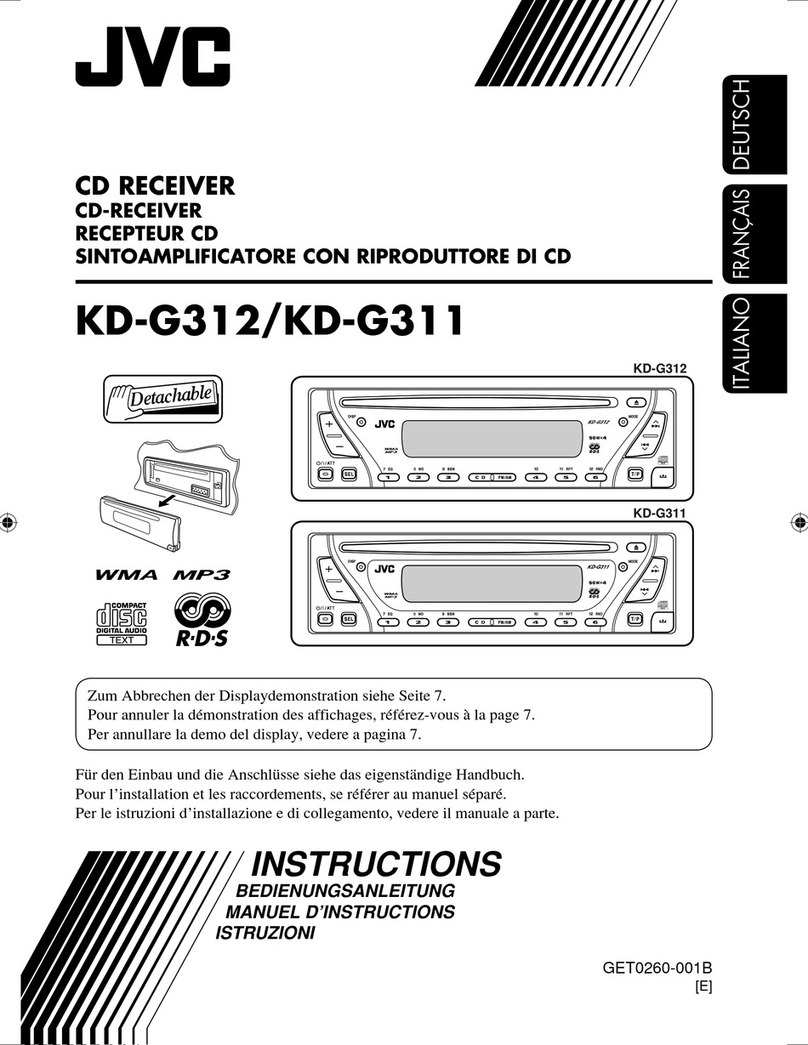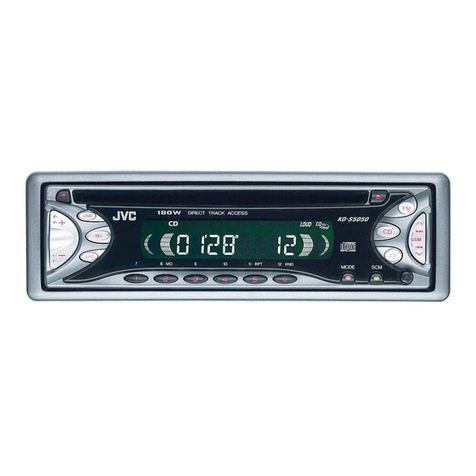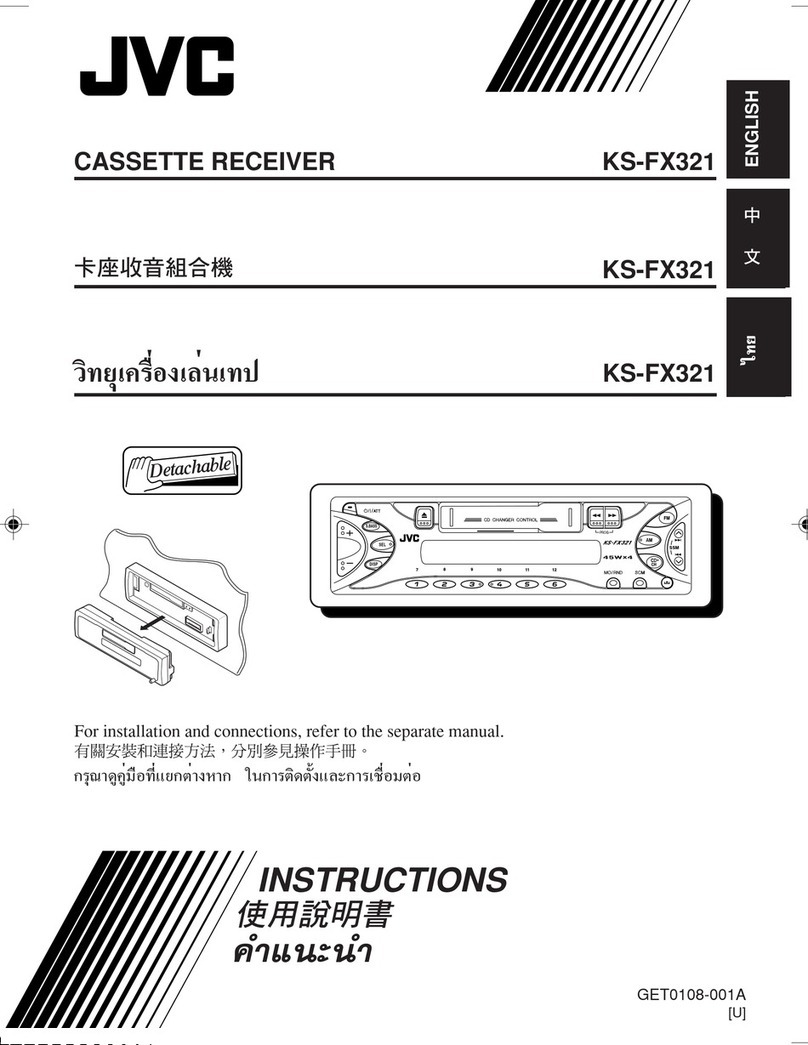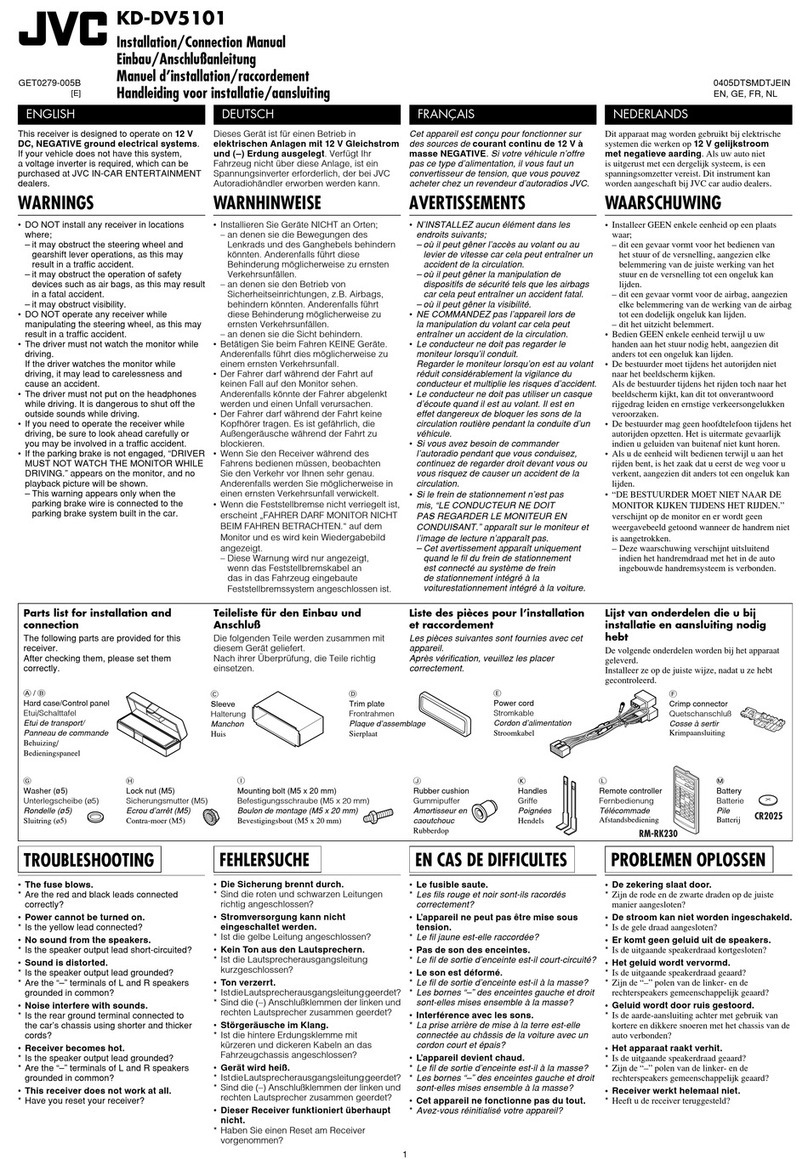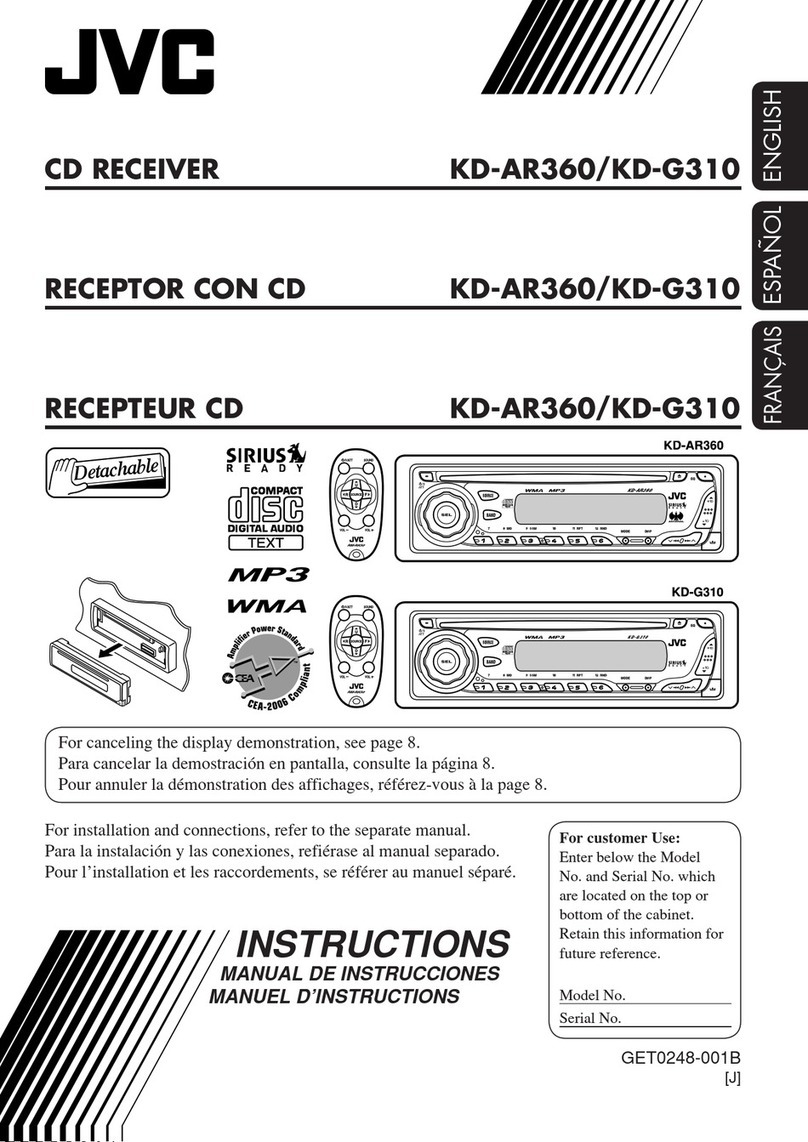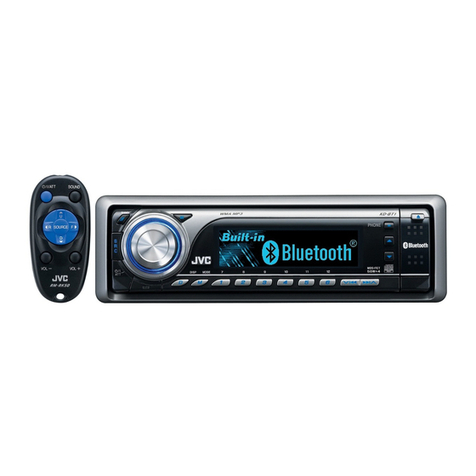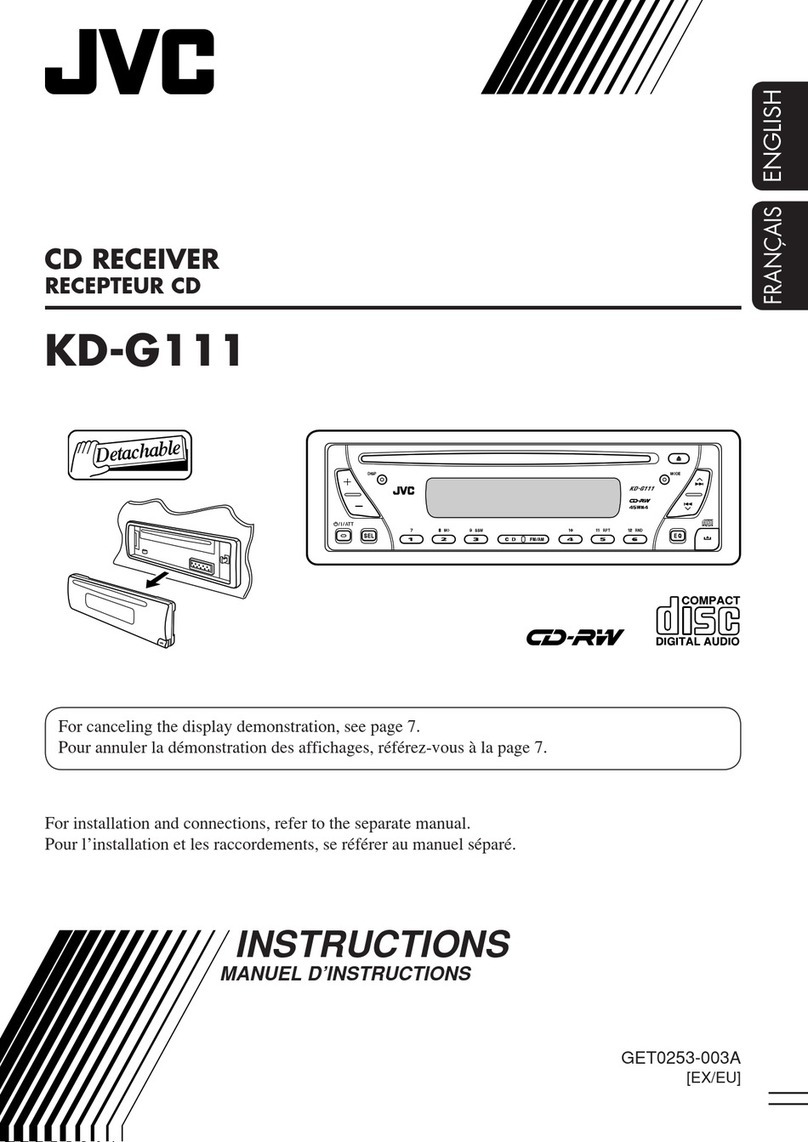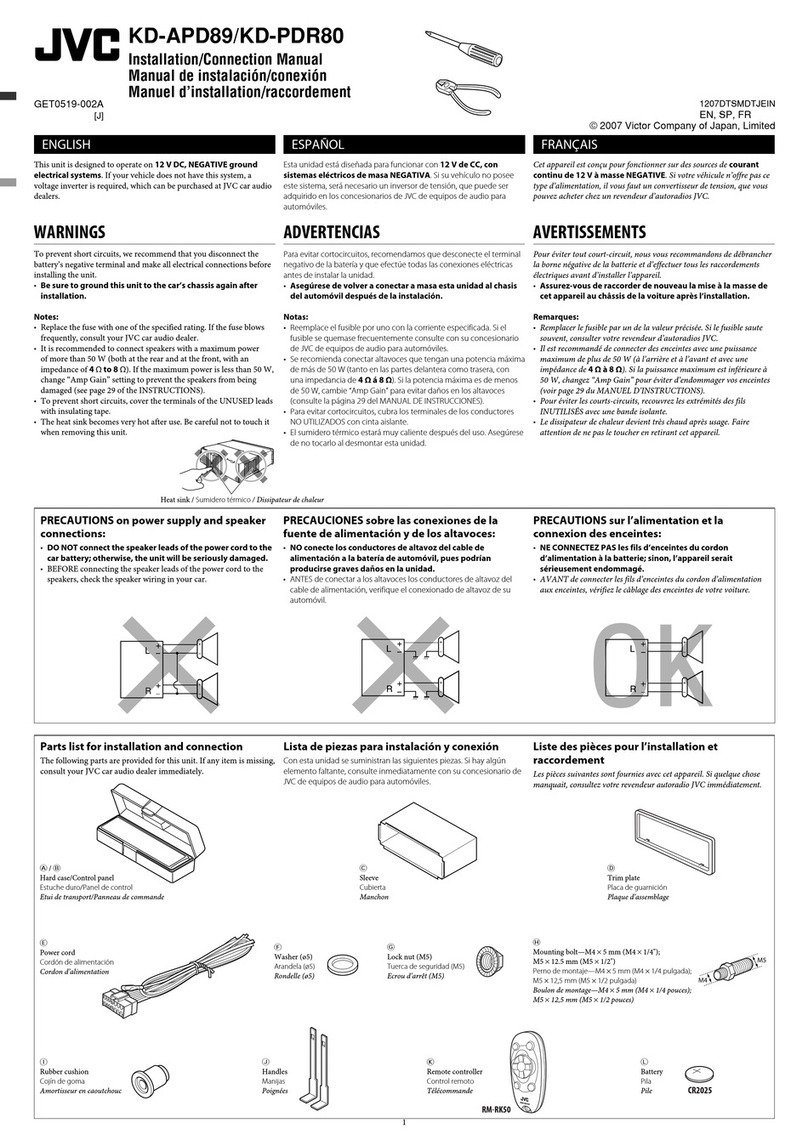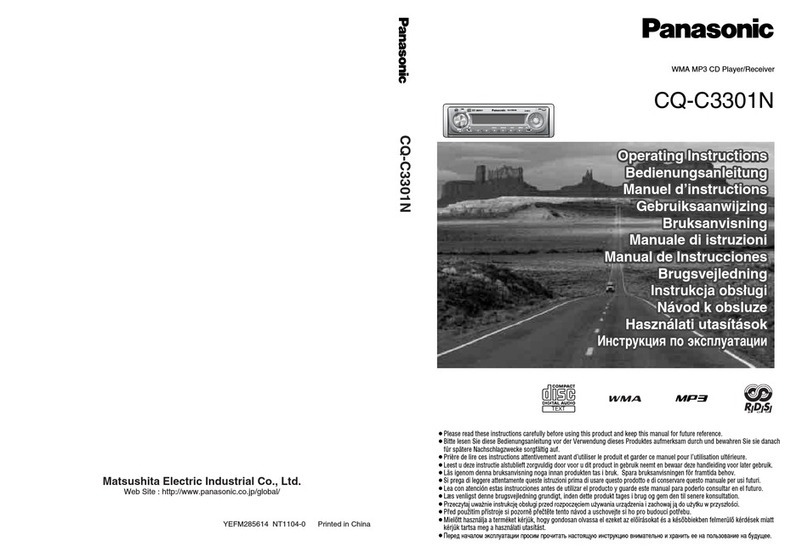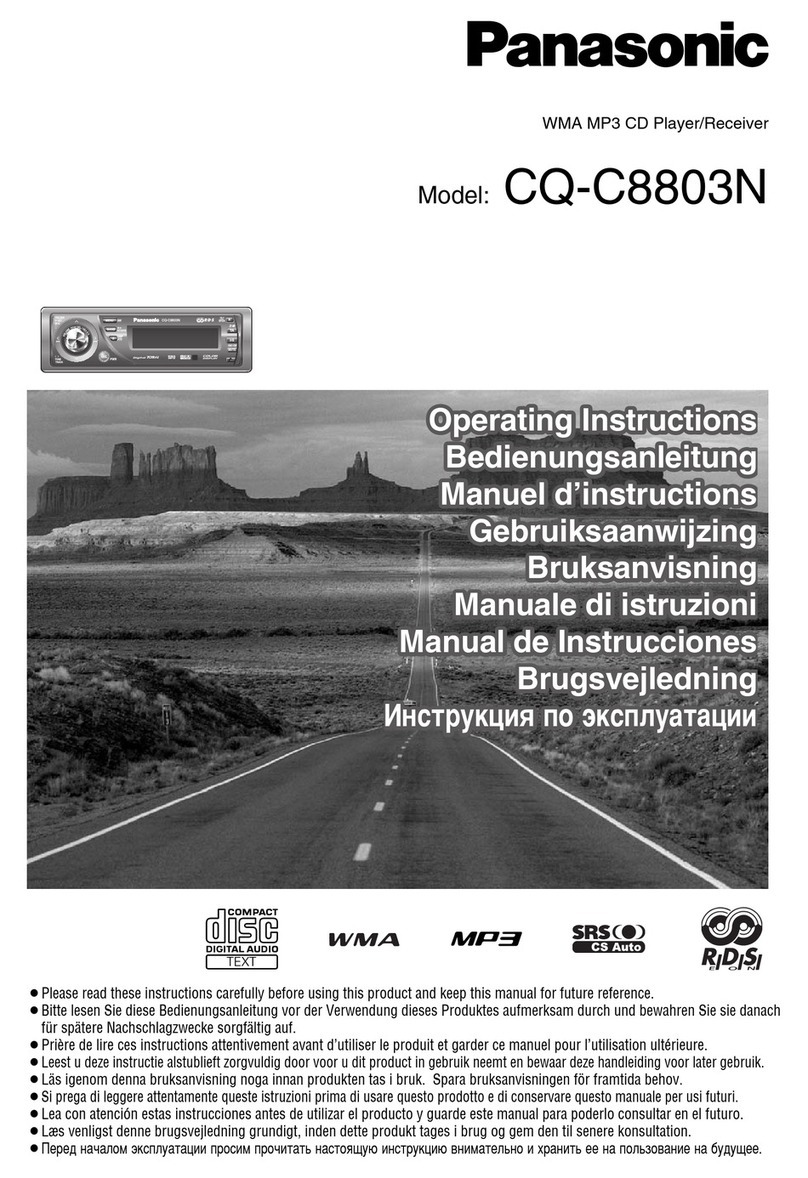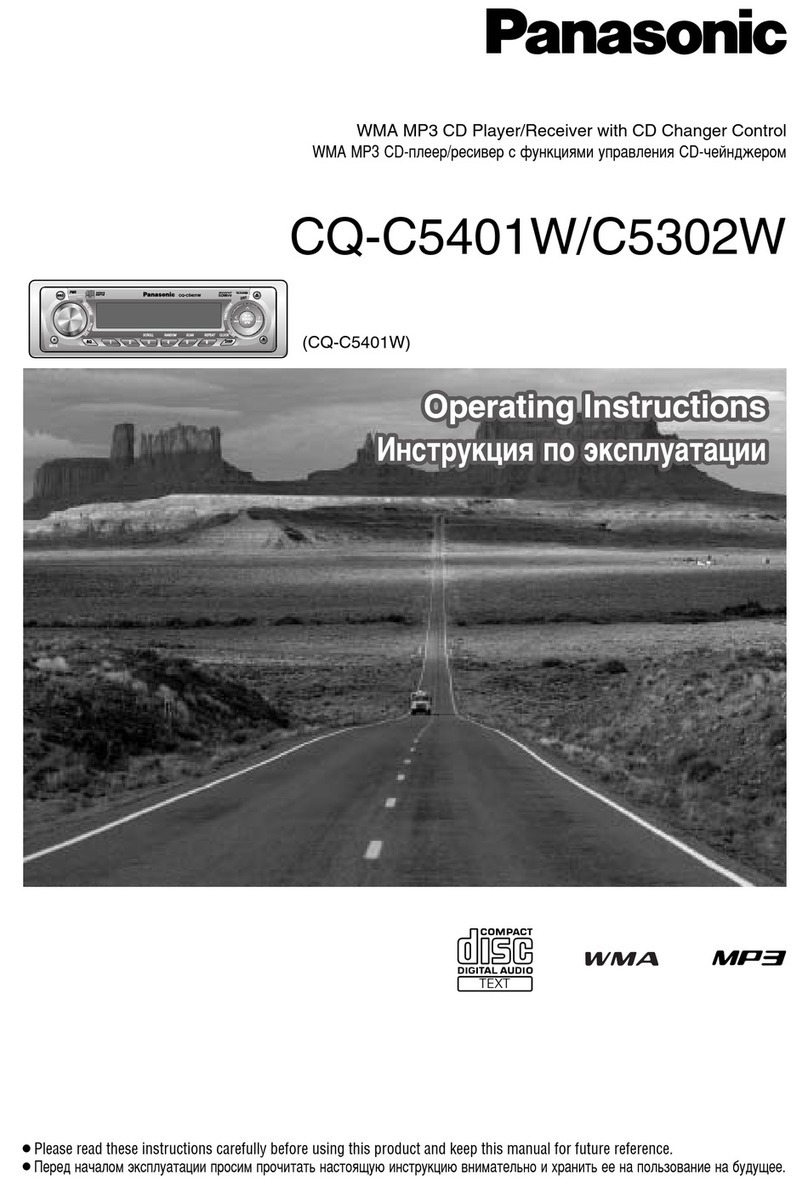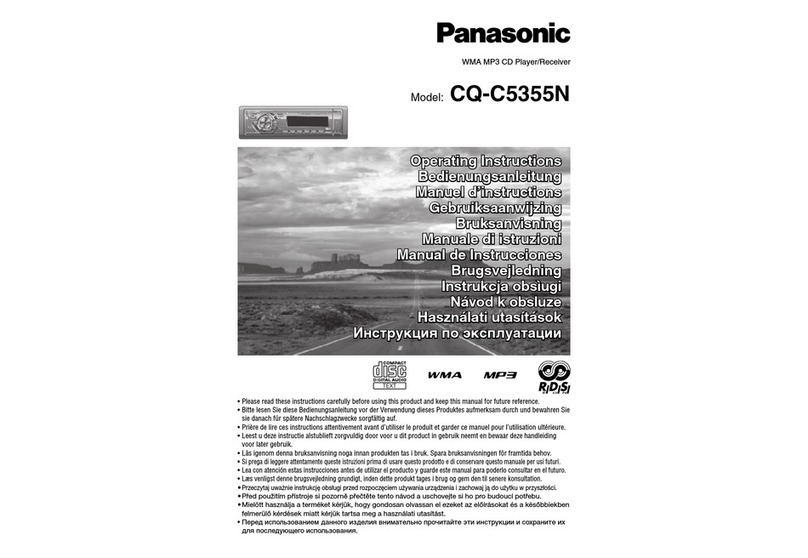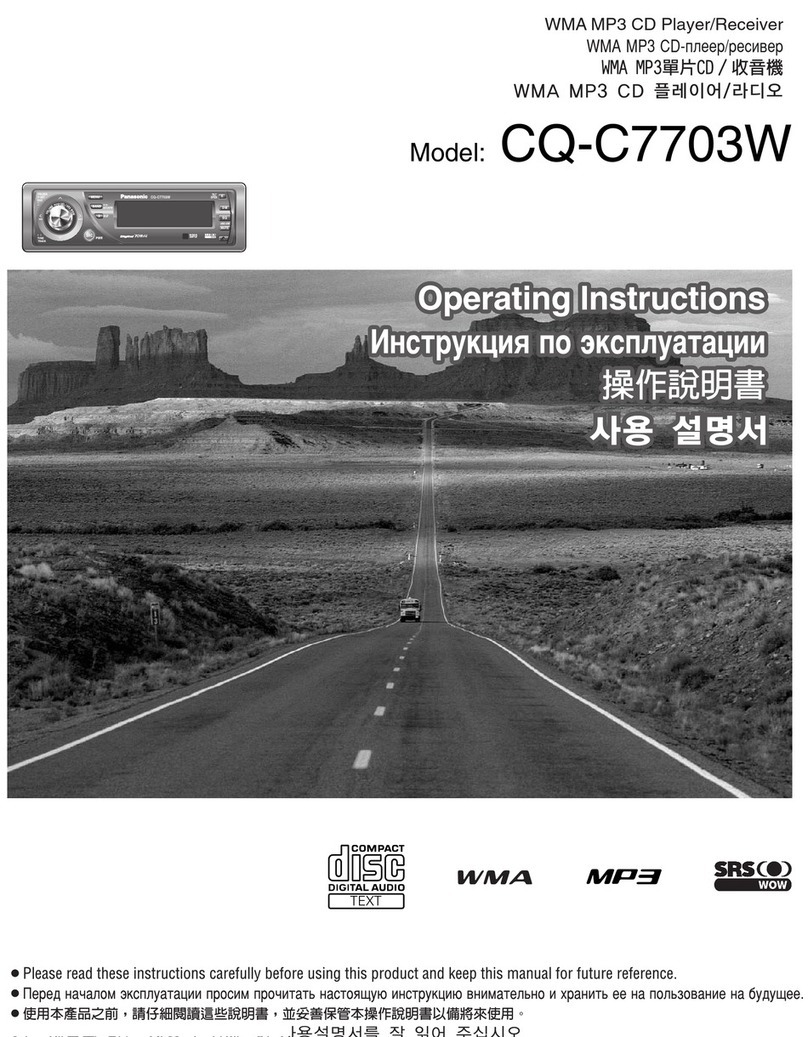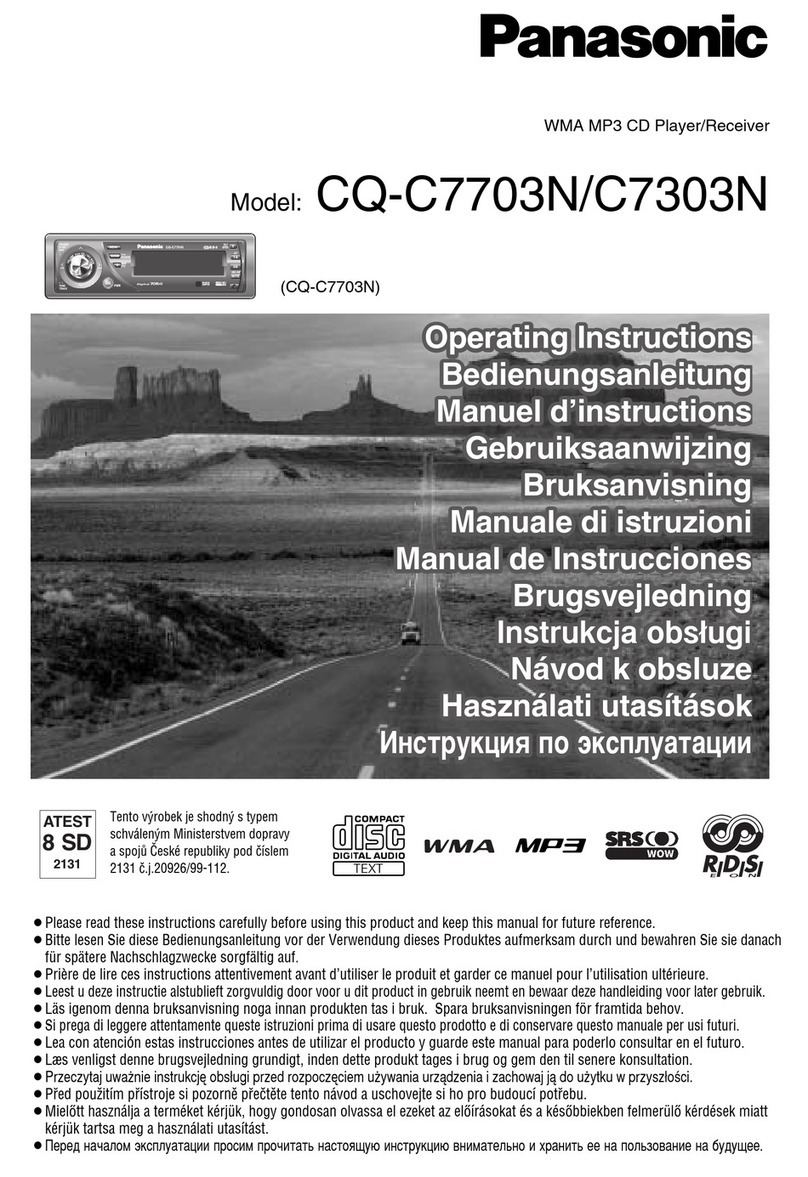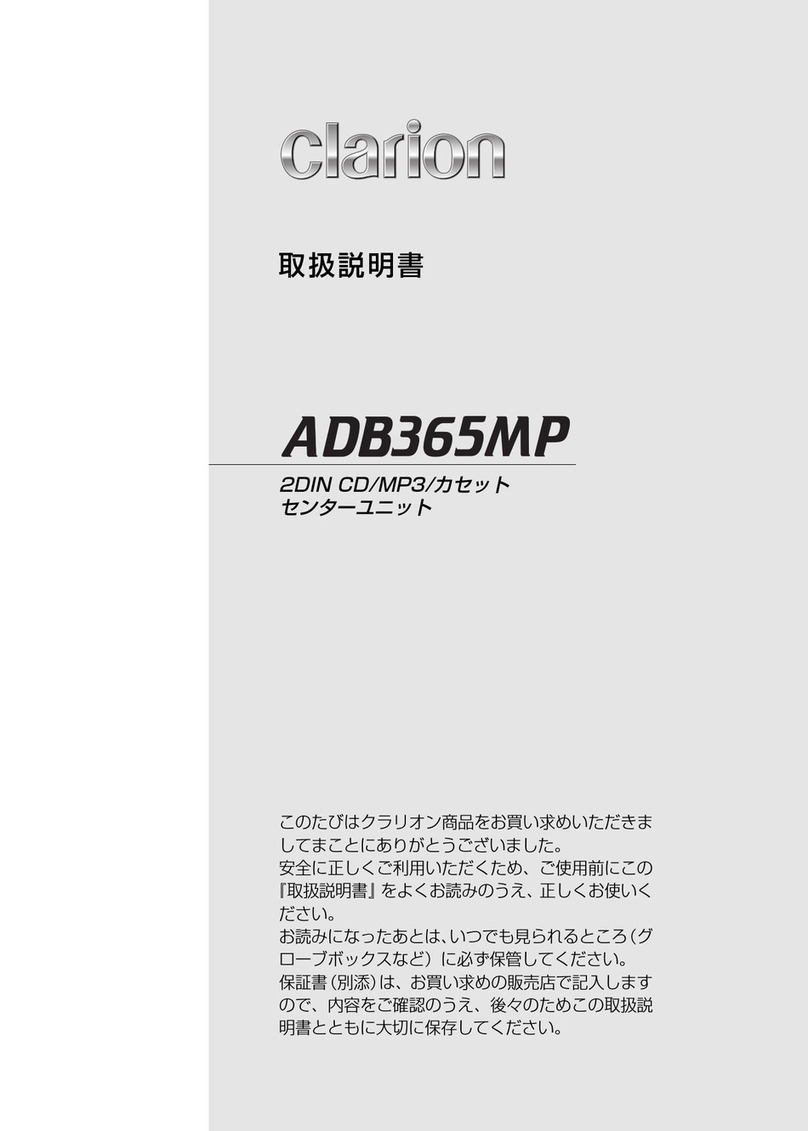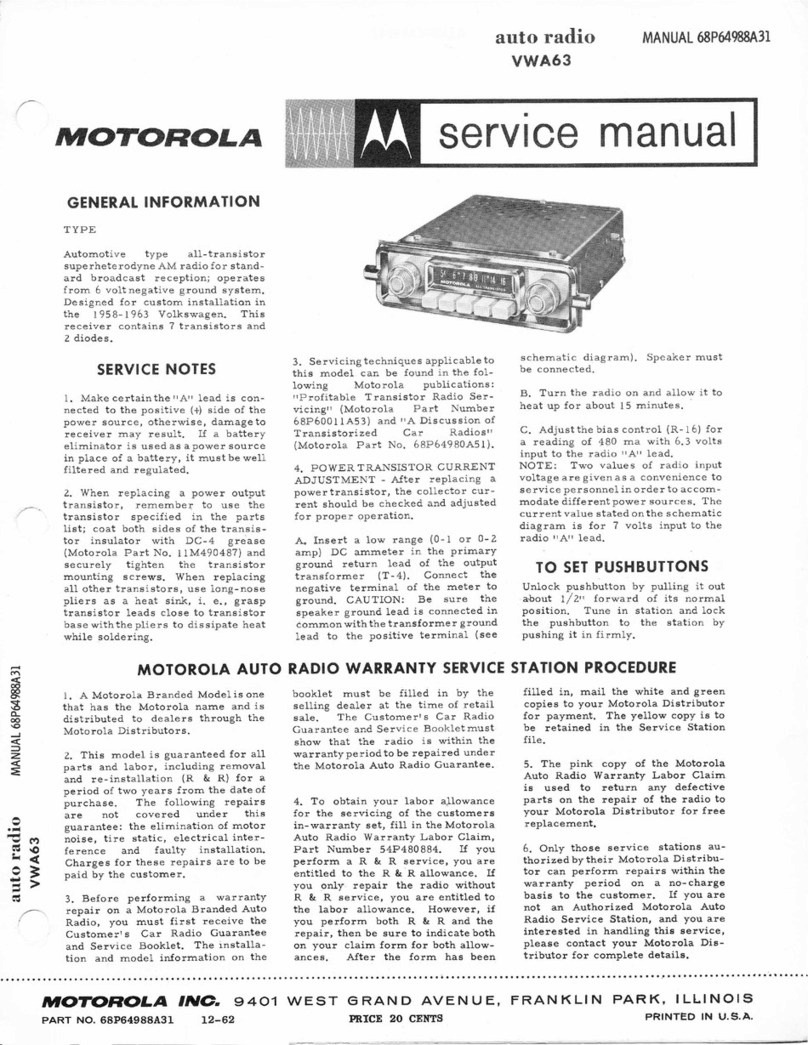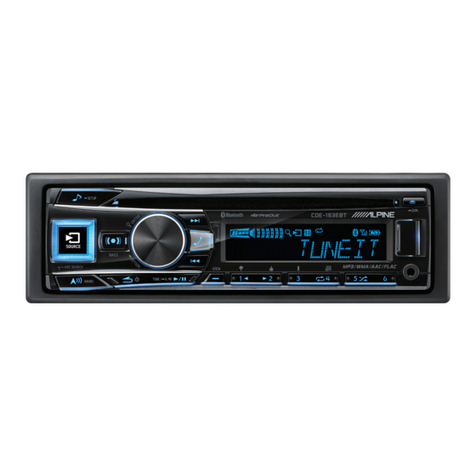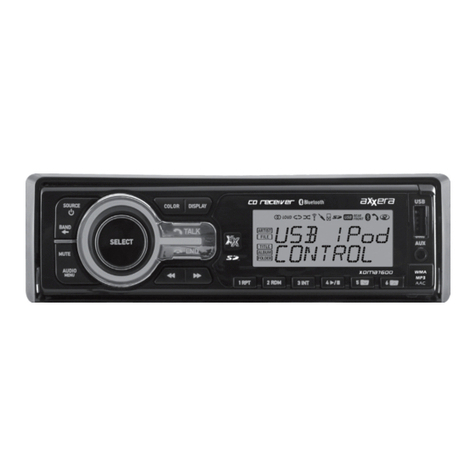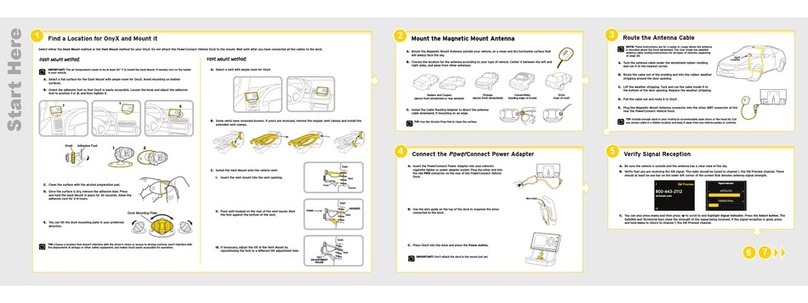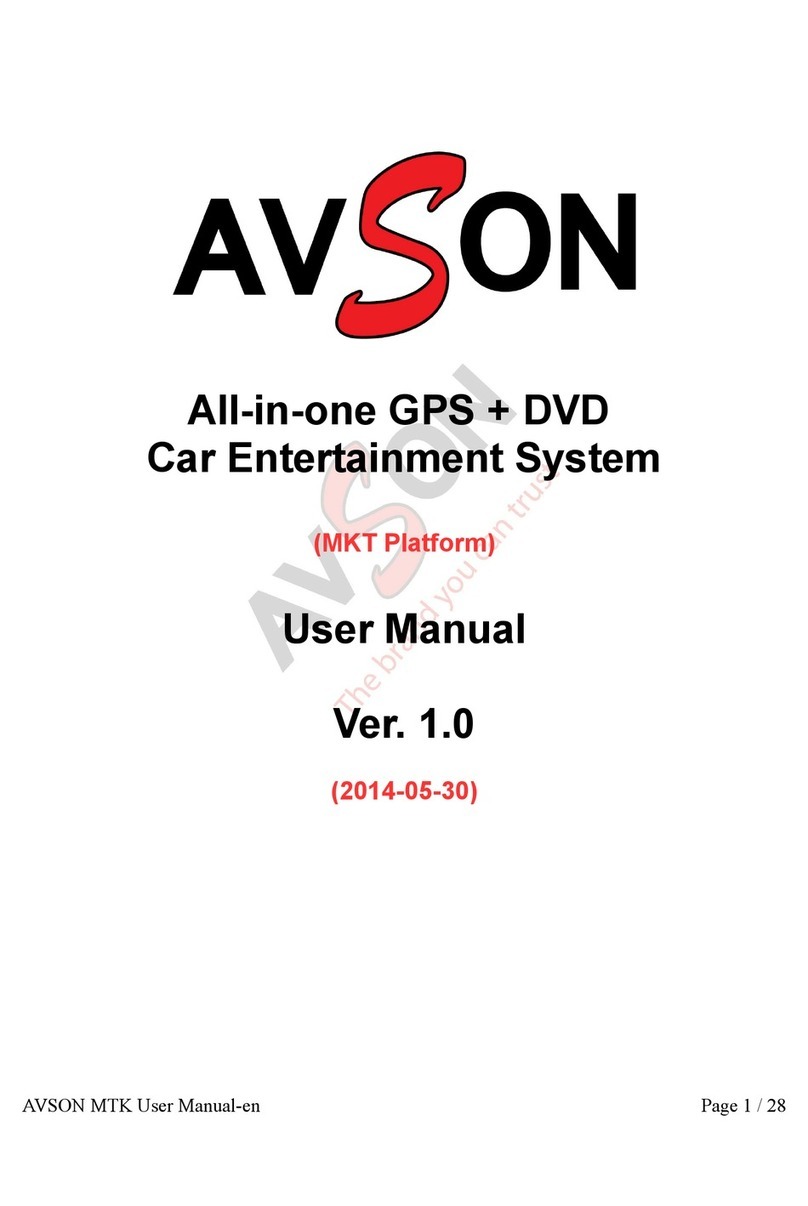
2
ENGLISH
Position And Reproduction Of Labels
Bottom panel of the main unit
Name/Rating plate
DANGER: Invisible laser
radiationwhenopenand
interlock failedordefeated.
AVOID DIRECTEXPOSURE
TO BEAM. (e)
ADVARSEL:Usynliglaser-
stråling ved åbning,når
sikkerhedsafbrydereerude
af funktion.Undgåudsæt-
telsefor stråling. (d)
VARNING:Osynliglaser-
strålning när dennadel
är öppnadochspärren
är
urkopplad. Betrakta
ej
strålen. (s)
VARO: Avattaessa jasuo-
jalukitus ohitettaessa olet
alttiina näkymättömälle
lasersäteilylle. Älä katso
säteeseen. (f)
Caution:
This product contains a laser component
of higher laser class than Class 1.
IMPORTANT FOR LASER
PRODUCTS
Precautions:
1. CLASS 1 LASER PRODUCT
2. DANGER: Invisible laser radiation when open and
interlockfailed ordefeated.Avoiddirect exposureto beam.
3. CAUTION: Do not open the top cover. There are no user-
serviceable parts inside. Leave all servicing to qualified
service personnel.
4. CAUTION: This CD player uses invisible laser radiation
and is equipped with safety switches to prevent radiation
emission when unloading CDs. It is dangerous to defeat
the safety switches.
5. CAUTION: Use of controls, adjustments or performance
ofprocedures otherthanthose specifiedherein mayresult
in hazardous radiation exposure.
BEFORE USE
* For safety....
• Do not raise the volume level too much, as this
will block outside sounds, making driving
dangerous.
• Stop the car before performing any complicated
operations.
* Temperature inside the car....
If you have parked the car for a long time in hot
or cold weather, wait until the temperature in the
car becomes normal before operating the unit.
Note:
For security reasons, a numbered ID card is provided with this unit, and the same ID number is
imprinted on the unit’s chassis. Keep the card in a safe place, as it will help the authorities to
identify your unit if stolen.
How to reset your unit
Press and hold both the SEL (Select) and (Standby/On/
ATT) buttons at the same time for several seconds.
This will reset the built-in microcomputer.
Notes:
• Your preset adjustments — such as preset channels or sound
adjustments — will also be erased.
• If a CD is in the unit, “PLEASE” and “EJECT” appear on the display alternately. In this
case, press 0to eject the CD. Pay attention not to drop the CD.
* When you reset the unit with no CD loaded…
After you open and close the control panel, nothing may be displayed although the unit is on.
In this case, press to return to the normal state.
(Standby/On/ATT)
SEL (Select)
EN02-05.KD-SX979R[E]/f 00.1.20, 1:26 PM2
